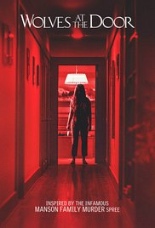
 Whereas the Manson Family’s murder spree registered as terrifyingly true in the nonfiction best seller Helter Skelter, the out-of-date dramatization Wolves at the Door is merely a welter — by definition, a confused mess. For a motion picture that barely cracks the one-hour mark, to be so mired is no mean feat.
Whereas the Manson Family’s murder spree registered as terrifyingly true in the nonfiction best seller Helter Skelter, the out-of-date dramatization Wolves at the Door is merely a welter — by definition, a confused mess. For a motion picture that barely cracks the one-hour mark, to be so mired is no mean feat.
On Aug. 9, 1969, five people were slain brutally at the L.A. home of director Roman Polanski. In depicting the events of that instantly infamous night as a horror-thriller, the polished Wolves reeks of bad taste. Characters are based on the real-life victims — most notably, pregnant sex-bomb actress Sharon Tate (Katie Cassidy, Taken), coffee heiress Abigail Folger (Elizabeth Henstridge, TV’s Agents of S.H.I.E.L.D.), celebrity hairstylist Jay Sebring (Miles Fisher, Final Destination 5) — but minus last names, as if the omission makes all the difference in respectful distancing.
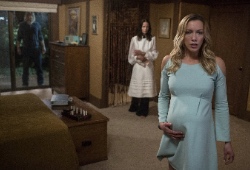 As the good guys and girls move about the Cielo Drive home like fish swimming cluelessly in a barrel, we glimpse the menacing visages and ominous stares of Manson’s minions outside as they pass windows and mirrors. The evil doll of Annabelle, director John R. Leonetti’s previous spook show, possessed more personality than these cardboard-cutout criminals who have been retrofitted with the Stock Movie Villain’s uncanny ability to be hiding in all places at all times.
As the good guys and girls move about the Cielo Drive home like fish swimming cluelessly in a barrel, we glimpse the menacing visages and ominous stares of Manson’s minions outside as they pass windows and mirrors. The evil doll of Annabelle, director John R. Leonetti’s previous spook show, possessed more personality than these cardboard-cutout criminals who have been retrofitted with the Stock Movie Villain’s uncanny ability to be hiding in all places at all times.
Beyond exploitation of subject, the most problematic element among Wolves at the Door’s litany of them is that it offers no point, nor has reason to exist. Post-dinner, Sharon and her party enter the house to end the evening; the killers invade and slaughter them one by one; the end. No closure, no comeuppance, no courtroom drama. Leonetti does conclude his film with black-and-white footage of the real Charles Manson uttering one of his wackadoo phrases that perenially make him the least popular person in the room — specifically, the one where the parole board sees fit to hold its hearings. —Rod Lott

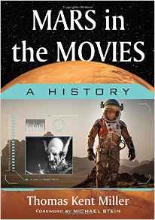
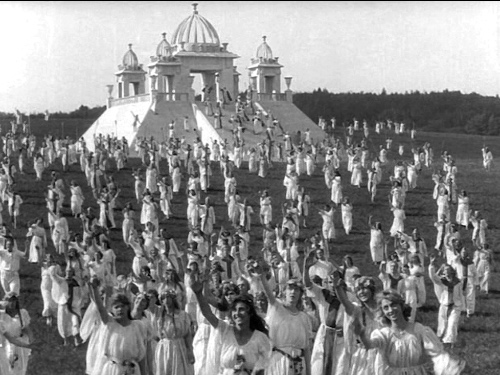
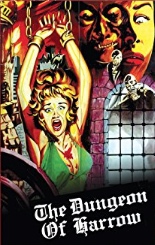
 Before a lengthy career drawing many a Charlton Comics title, Pat Boyette tried his hand at filmmaking. Although he technically succeeded, in that he directed three movies in two years, he failed spectacularly. His best-known film,
Before a lengthy career drawing many a Charlton Comics title, Pat Boyette tried his hand at filmmaking. Although he technically succeeded, in that he directed three movies in two years, he failed spectacularly. His best-known film, 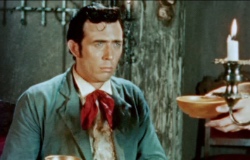
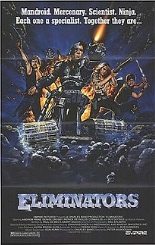

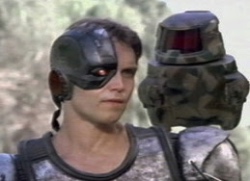
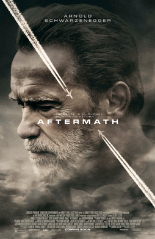
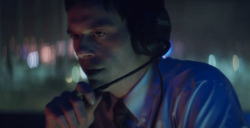 But every tragedy needs a villain’s face, and Roman is intent on hunting Jake down to confront him and demand the apology he has received from no one. Meanwhile, the weight of reality bears heavily on Jake’s shoulders, threatening to tear his family asunder as well. (Perennial
But every tragedy needs a villain’s face, and Roman is intent on hunting Jake down to confront him and demand the apology he has received from no one. Meanwhile, the weight of reality bears heavily on Jake’s shoulders, threatening to tear his family asunder as well. (Perennial